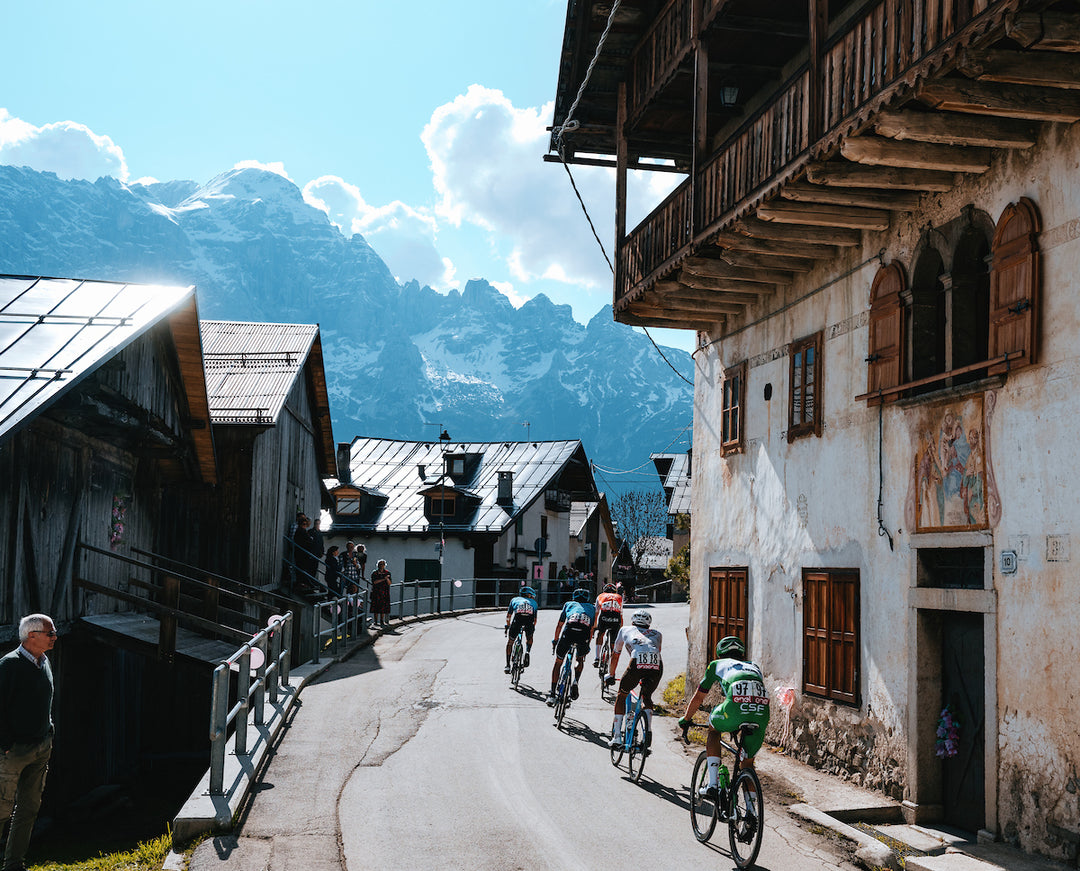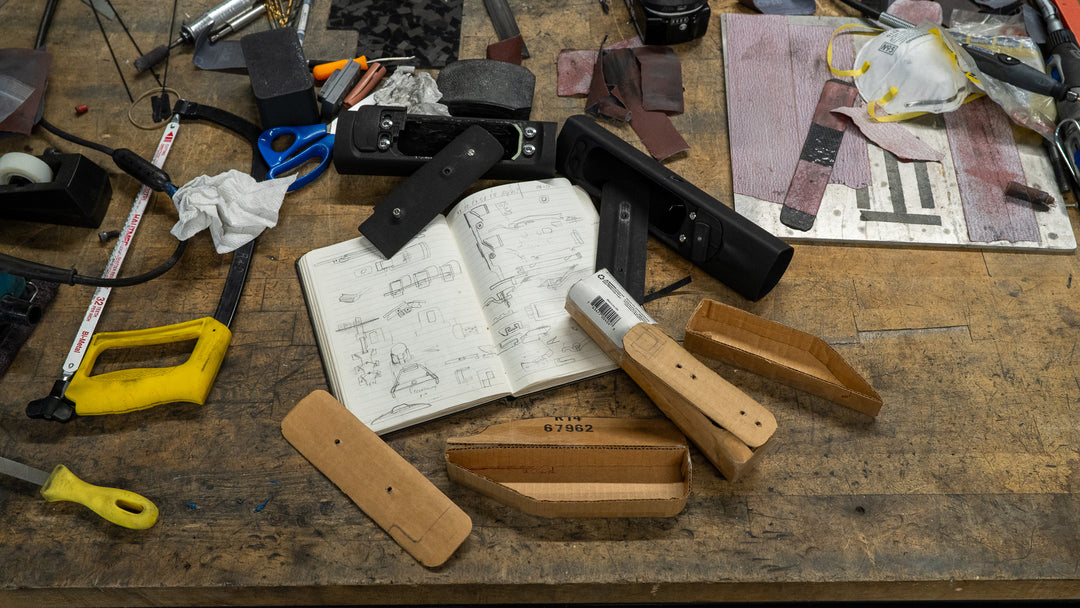How Team Dimension Data Manages Rider Wellness
HOW TEAM DIMENSION DATA MANAGES RIDER WELLNESS
DECEMBER 21ST, 2017
In 2014, just as ENVE was looking for a special team to sponsor, one with a true purpose beyond results, Team Dimension Data principle Doug Ryder asked his riders which wheels they wanted to ride the following season. ‘ENVE,’ they told him. It was a perfect match and a true partnership was born, one that transcends even the racing success and critical product development. Now, as the team embarks on a new challenge to place an African rider on the podium of the Tour de France by 2020, we take you inside the team throughout the winter to find out how they’re working towards that goal. Stay tuned for new stories every week.
Photographs by Scott Mitchell
Professional cycling is a profoundly demanding occupation. The point was reinforced once more, during one of the team meetings we were privileged to join at the Dimension Data for Qhubeka training camp in Cape Town, South Africa, in November. The riders were reminded of their expected training volume: 80-100hrs per month; 28,000km (17,400 miles) per year. Minimum. None of them so much as batted an eyelid at those numbers.
In asking so much of its athletes, the team assumes a great duty of care for their health and wellbeing. That’s a responsibility that Dimension Data for Qhubeka takes extremely seriously and it was no coincidence that the presentation segued directly from the vast training load to the team’s new health and wellness mobile app.
It’s called Phila (pee-lah), which means ‘to live’ in Nguni, and it was developed for the team by Dimension Data. It gathers subjective daily physical and mental wellbeing information, shares it with the coaching and medical team, and correlates it with data from TrainingPeaks. Riders tell the app how long and well they slept, and rate their mood, motivation, and stress levels. The latter appears to be rising as the app is explained; it looks a bit time consuming and several riders pipe up to say so, with others muttering agreement. The staff are on the spot and Rolf Aldag steps forward to run a demo with Edvald Boasson Hagen, asking him each question and entering his response. It takes around 90 seconds, and it would no doubt be significantly faster to fill in for yourself and once used to it. The dissent dissipates.
The team’s Head of Performance Sport and Medical, Dr Carol Austin, explains that, “Our goal was to keep the questions to a minimum, but extract the maximum data to identify any factors that could jeopardise our riders’ ability to train.” As well as ensuring that every rider is in direct contact with the team staff every day, the data is also recorded for analysis and referencing against training and racing information. The hope is that any patterns identified will lead to greater learning and, ultimately, improved performance.
There’s a suggestion that one or two riders might feel inclined to troll the app by telling it they feel unbearably tired, miserable and stressed, just to see what happens. One Mark Cavendish is singled out as a likely mischief maker. Well, if he wasn’t going to try it before, he will now.

“THE CARDIOLOGY CAUGHT SOME OF US OFF GUARD. VERY FEW OF US EVER DO ANY RUNNING”
The other side to rider care at a team camp is almost entirely empirical and also compulsory under UCI regs for WorldTour and ProConti teams. The Wednesday is given over to a series of medical tests mandated by the UCI to be carried out either annually or bi-annually. The programme consists of a 24-point blood test, a stress electrocardiogram on a treadmill, an eyesight test, a lung-function test, and a sports medicine interview.
In addition, Team Dimension Data carry out there own musculo-skeletal and body composition assessments, the latter using a combination of electro-analysis and traditional fat-pinching calipers. At this November camp the riders aren’t held to such high expectations as they will be come January, let alone the build-up to a Grand Tour, but nor can they afford to leave themselves too much work to do. No matter, they’re professionals and all look ready to race. Besides, it’s an exercise in data gathering not fat shaming.
We spoke to some of the riders to get their feelings on the tests, and quickly found a pattern.
“The cardiology caught some of us off guard,” Scott Davies tells us. “Very few of us ever do any running, so it can be hard to get your heart rate up on a treadmill. The perceived exertion is way higher.” The team used the nearby Life Vincent Pallotti Hospital for most of the tests and a treadmill is standard practice. Mark Renshaw was particularly unimpressed at being made to run. “They said it was an eight-minute test. I told them I’d get my heart rate up in five minutes. I got to 160bpm and told them I was done,” laughs the Australian.
For Davies, a neo-pro, it was more of a new experience but still far from daunting. By the time a rider becomes a neo-pro on a WorldTour team, he has already been cycling at a very high level for years and Davies says he’d undergone some of the tests previously as part of the British Academy. While the treadmill may have been a surprise, the Brit adds that, “The cardio stress test was good to do because you hear about guys having to retire from heart problems even late in their career. It’s all routine. They’re just gathering data so it doesn’t feel like a test you have to pass.”
The were some pleasant surprises, too. “The optometry was far more straightforward than I expected. It was one test, in and out in five minutes. And the MSK – you just lay down for five minutes and get scanned.”
The musculo-skeletal scan is of more importance to riders with injuries, such as Ryan Gibbons, who crashed hard on stage 1 of the Tour of Guangxi in October, injuring a shoulder just three weeks before the camp. For Gibbons, the scan is a chance to see how his injury is healing and set a reference point for its progress.
The health monitoring program reveals a lot about life on a WorldTour team. The riders have to dedicate their bodies to cycling, to the team, and push themselves to extremes. In return, their wellbeing, mental as well as physical, is monitored and cared for to a quite incredible extent. The most cold-hearted might argue that any team is simply protecting its assets but there’s more to it than that. It’s about striving for a shared goal and leaving no stone unturned in its pursuit.





